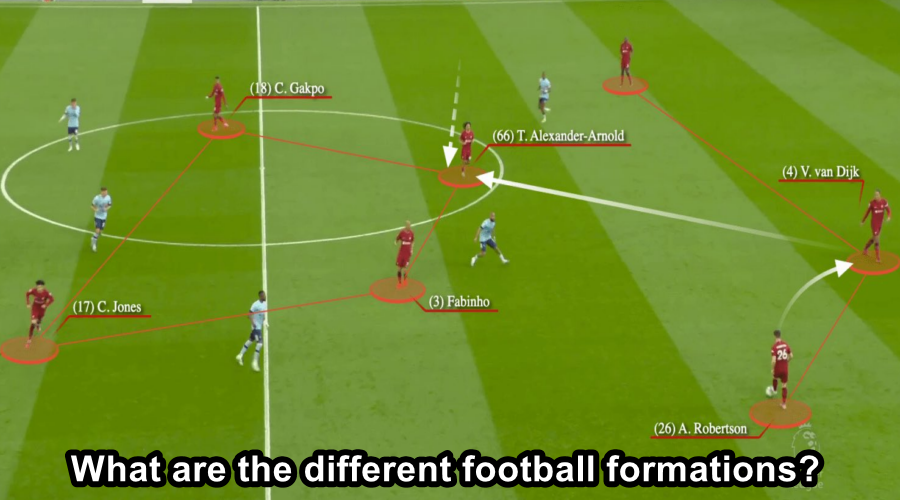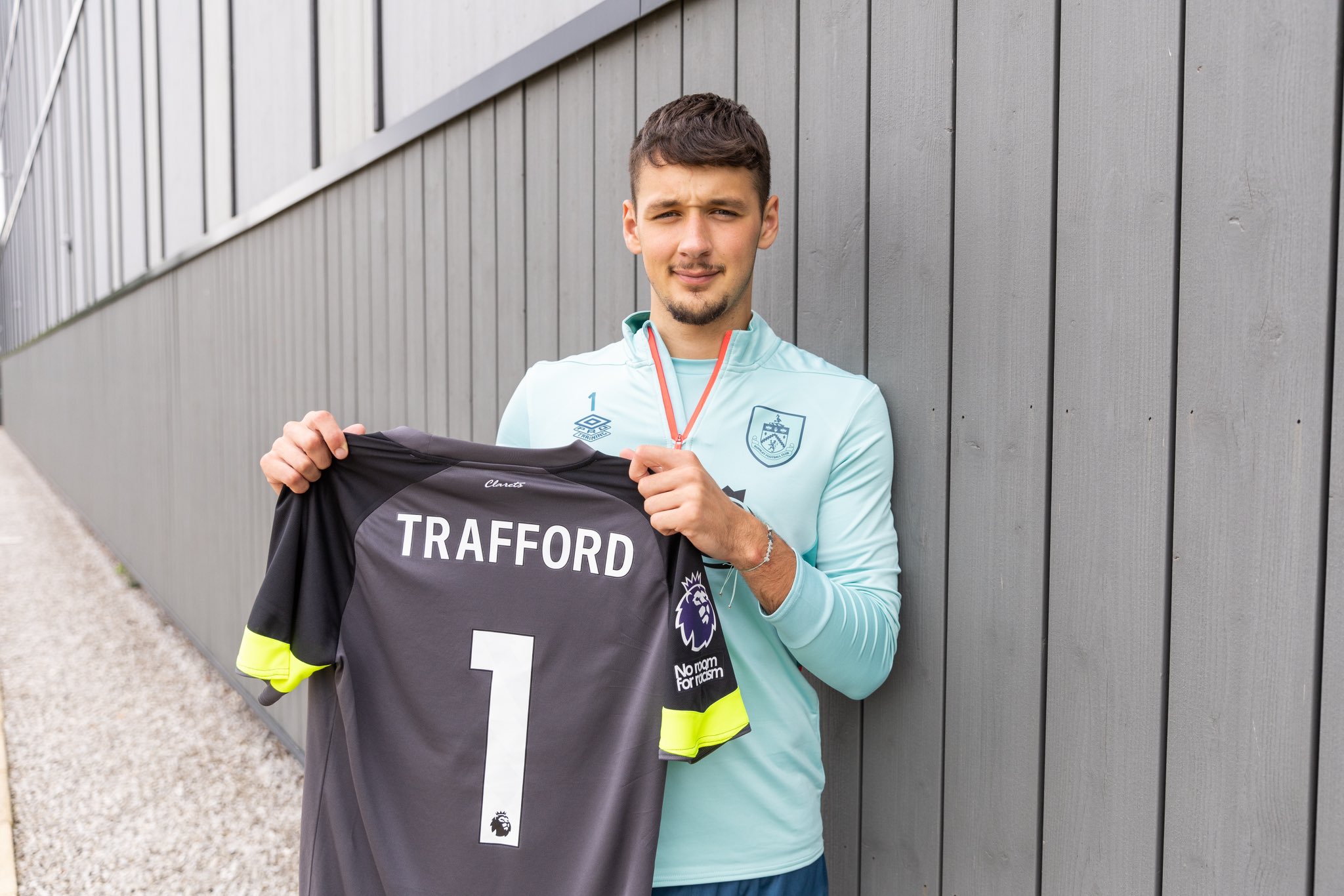Over the years, football has captured the attention of fans as we have seen teams pursue glory, both at club and international level. While the game is all about glory, it’s worth noting that the genius behind the tactical changes determines how the match plays out. Whether playing with two or three strikers, or using three or more defenders, formation plays an important role in deciding the fate of the team. So what are the different formations in football?
4-4-2
The traditional formation used by many coaches in the past consists of two centre-backs and two full-backs (defenders operating on the flanks) along with four midfielders. The squad enjoyed great success in the 1990s, when countries such as Germany and Brazil produced results because in addition to the four defenders, they also had the presence of key strikers and two top strikers.
4-2-3-1
Most famous after Euro 2012, the 4-2-3-1 formation is an enhanced version of the tradition; system but sees two midfielders sit and defend alongside the centre-backs. The formation allows the full-backs to move into advanced positions while the attacking players contribute with their passing and distribution. The lone striker receives plenty of help from the number 10 role of one of the central attacking midfielders, such as Lionel Messi during his time at Barcelona and Luka Modric for Real Madrid.
4-3-3
One of the most successful recent formations, the 4-3-3 is an advanced attacking formation of the traditional 4-4-2. This squad brought success to Barcelona in winning the 2011, 2015 and La Liga Champions League. Even Real Madrid’s golden Champions League winning streak in recent times has seen them make use of this squad. In this formation, the three strikers play an advanced role, while the three midfielders play in the flow of defending in a pressing mode and attacking in an advanced position.
3-5-2
Known as Antonio Conte’s formation, the 3-5-2 formation was a success for the Italian tactician during his coaching career while other teams have also followed the Spurs coach. The line-up used by England in the Euro 2020 final against Italy, where they finished second on penalties. In this formation, the two full-backs benefit from the attacking potential of the addition of central midfielders, which transforms their role into that of full-backs. Therefore, this midfielder must coordinate smoothly to maintain the balance of the match.



